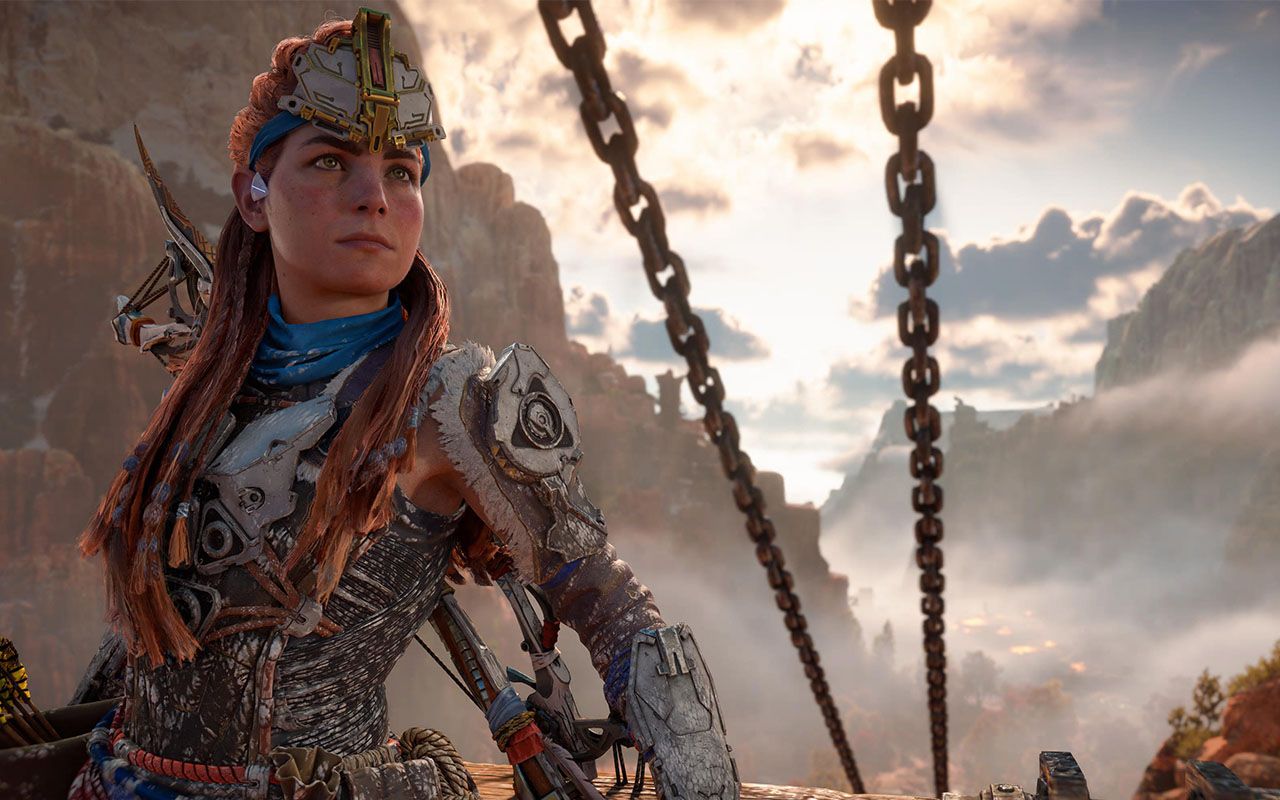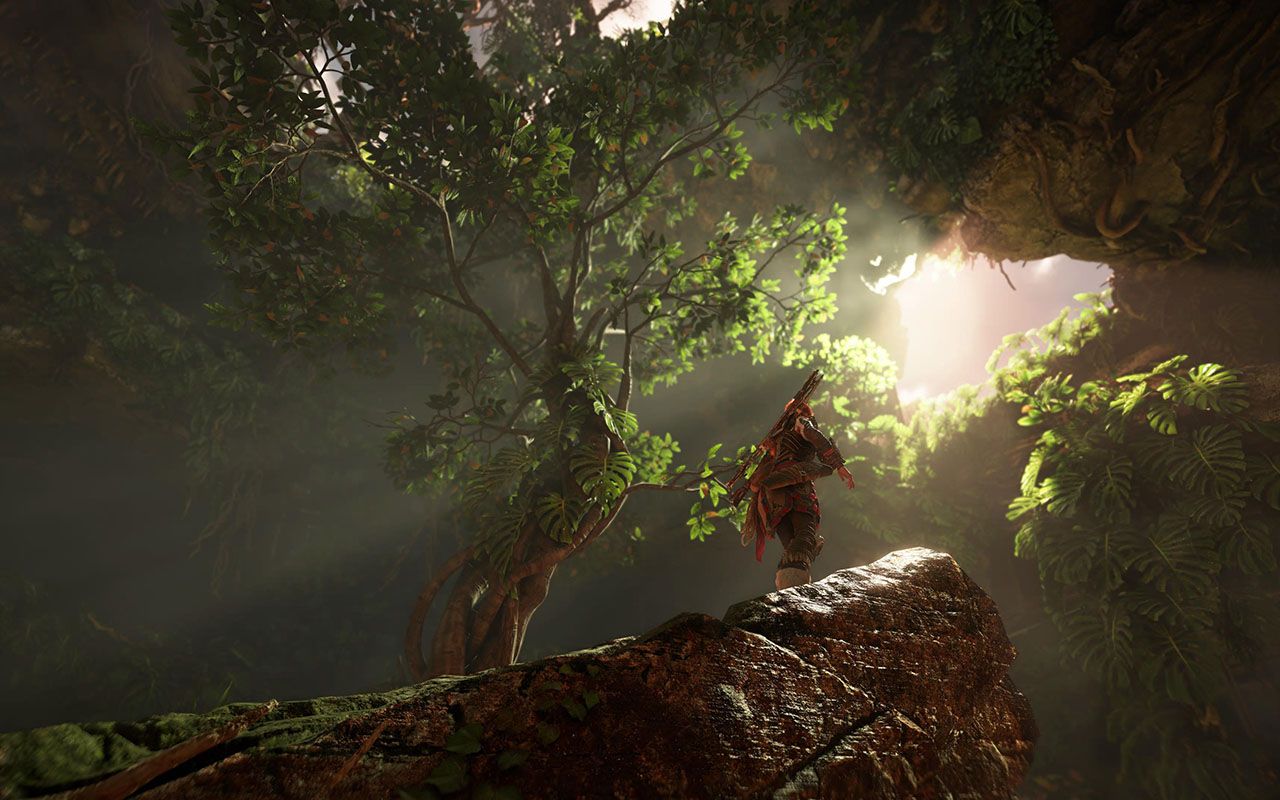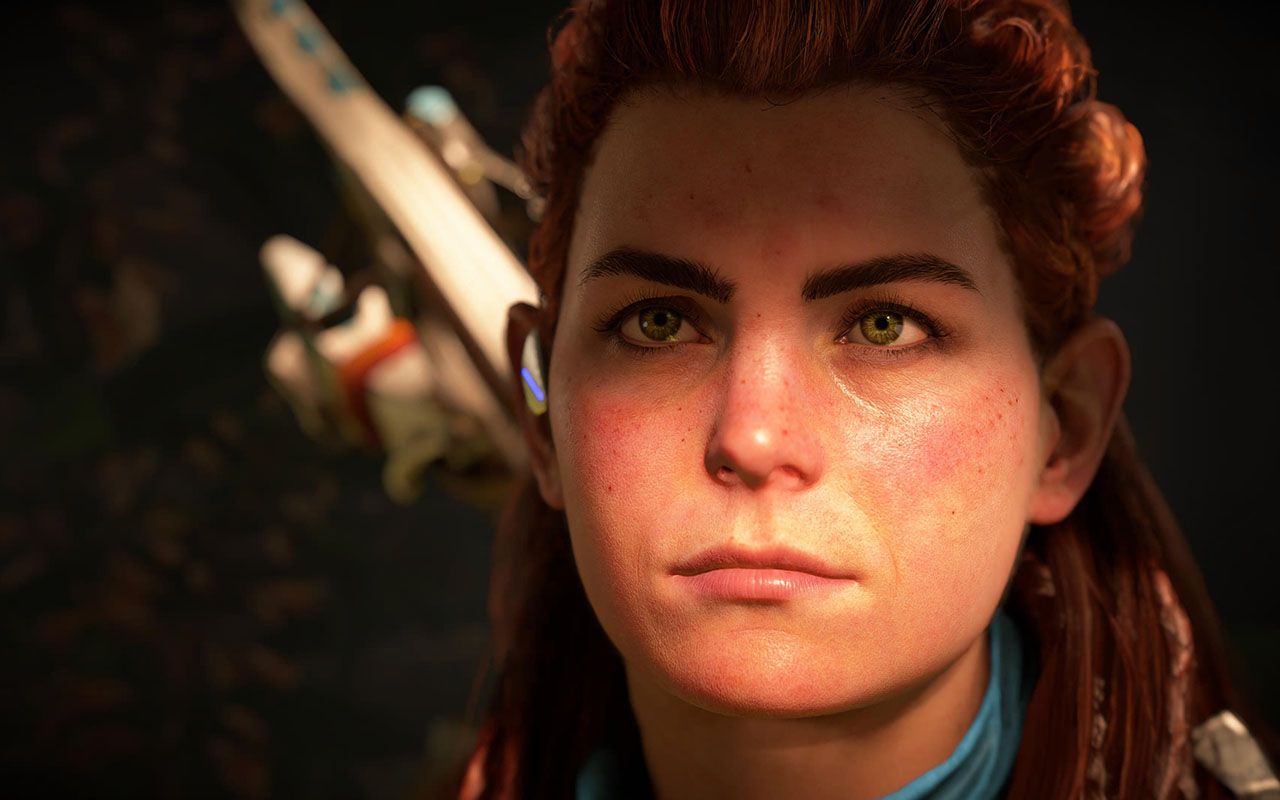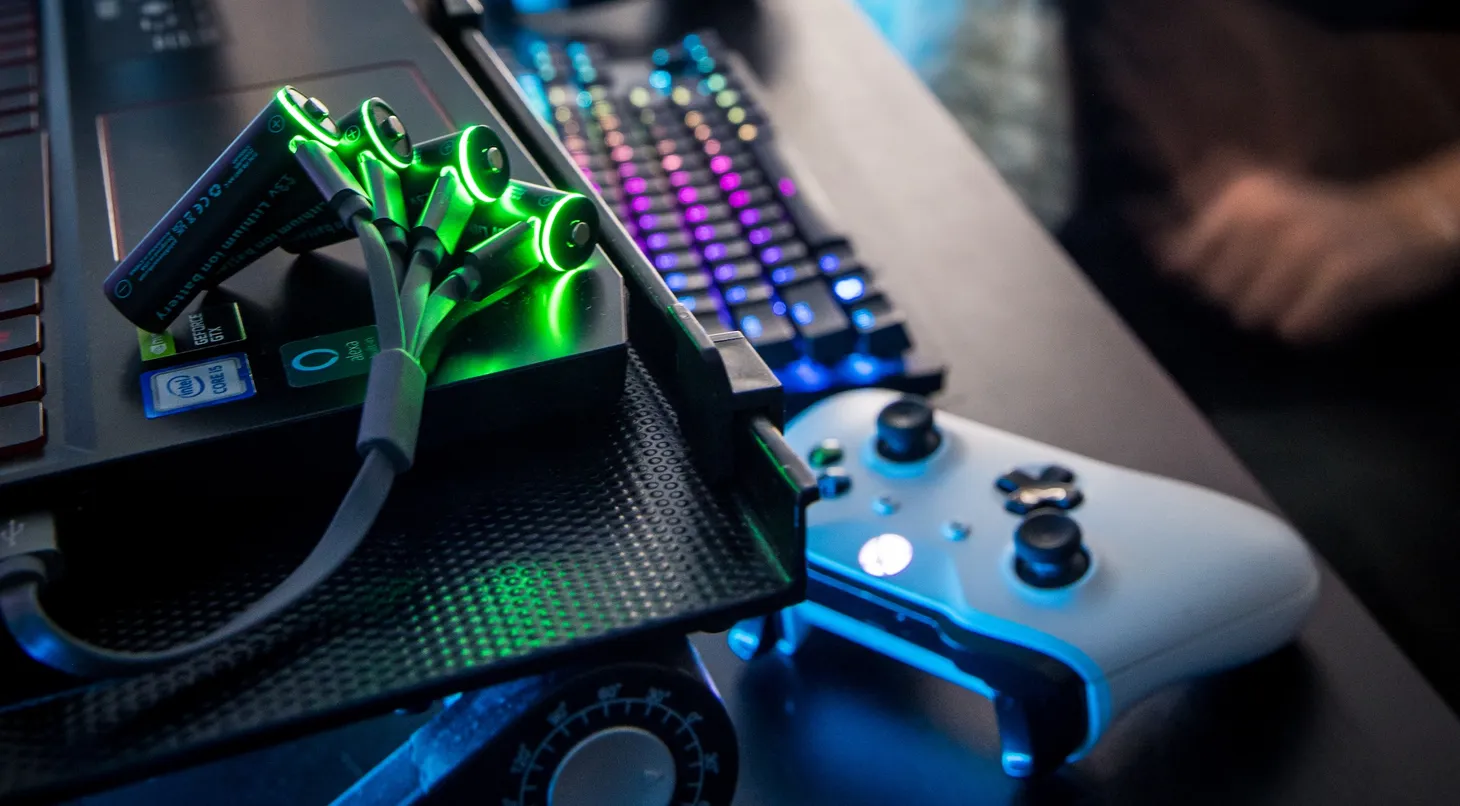Understanding the magic of Horizon Forbidden West makes it more special
How an expert video analysis made me appreciate the technical prowess of Horizon Forbidden West even more.

Videogames are a form of magic as far as I'm concerned. There's a well-known adage when it comes to magic tricks: a magician never reveals their secrets, lest it ruins the fun and surprise for all involved.
It's a stance that couldn't be less true in the world of game development. Learning how digital behemoths like Horizon Forbidden West work behind the scenes only enhances the experience.
Since the PlayStation 5 and Xbox Series consoles launched in late 2020, few games have showcased the technical prowess of the new hardware like the sequel to Horizon Zero Dawn.
Unfortunately, I never clicked with the original game. A combination of open-world fatigue and attempting to play it too soon after completing The Legend of Zelda: Breath of the Wild likely set me up for failure.
Despite this, Horizon Forbidden West captured my attention early, firstly with its astounding visuals and technical strength. Not long after, I grew attached to its interesting characters and highly detailed world.

From photorealistic facial expressions to awe-inspiring landscapes, Horizon Forbidden West is an incredible feat by all involved. And the scale of which increases the more you delve into the astounding level of detail Horizon developer Guerilla Games imparted on their creation.
The miracle of game development
To paraphrase a quote made by prominent games industry journalist Jason Schreier in his book Blood, Sweat, and Pixels: it's a miracle that any videogame is made and released to the market.
Developers face any number of challenges throughout a project, from rapidly evolving technology to master, constantly changing industry trends, and continual pressure to exponentially grow shareholders' profits. Just to name a few.
For today, the focus is on the technical craft of making a game, a world, that lives and breathes as beautifully as Horizon Forbidden West, and how understanding the process makes it all the more spectacular.
Going into Aloy's second adventure, I knew the PS5 version included multiple performance settings to suit different preferences. Among these is a mode targeting visual quality alongside a stable 30 frames-per-second, while the other aims for 60fps at the expense of graphical detail.
To a lifelong console gamer who's merely dabbled in PC play, choosing from different graphics settings is still a novel concept. Why can't the game just choose for me!?
Although I don't typically seek out too much media coverage of games prior to playing them, I made an exception for Horizon Forbidden West. If I was going to play this tentpole Sony release, I wanted to play it right, dammit.
Naturally, I beelined toward Digital Foundry, the Eurogamer technical gurus who love comparing game performance metrics across different platforms. They're reviewers for people who like their analysis with a generous helping of benchmarks and fancy-looking numbers, essentially.
So, I fired up their review and pressed play, expecting a straightforward recommendation of which settings to use. What I got was an incredible insight into how Guerilla Games made a sequel better than the original in just about every conceivable way.
The more you know
I don't profess to fully understand the underlying technical aspects of game development and visual design. Anti-Aliasing? What did Aliasing ever do to you?
What I can tell you, however, is someone shining a torch of knowledge on a deeply specific topic makes you appreciate the subject matter on a deeper level.
After watching the Digital Foundry video, my time playing Horizon Forbidden West was spent searching for the small details so lovingly explained by the author, John Linneman.
I pointed out minor observations, such as how foliage reacts to your movements, to my partner who politely smiled and nodded along with some variation of "that's nice".
For the record, I opted to go with the visual quality-based graphics mode. I'm content to play a third-person game in 30fps if it makes a tangible difference to the visuals. Which, as a photo mode enthusiast, I'm pleased to report that it did.

I like taking tightly framed portraits of characters, and their hair and features look sharper by favouring graphical fidelity. In performance mode, aspects of the characters' clothing and hair didn't look as nice, and I'm confident enough in my own vanity to admit it made a difference. Especially when you know you can flick a switch to make everything look slightly prettier.
Now, as major games I'm keen on arrive, I eagerly anticipate the inevitable Digital Foundry analysis. Not to nitpick pixels, mind you, simply to marvel at the cool techniques developers employ in their work. Even for games that don't get the Digital Foundry treatment, I try to think of how developers made them, leading me to enjoy the end result even more.
As superficial as it sounds, Horizon Forbidden West enticed me with its looks. However, it wasn't long before I adored its heart, too.
Byteside Newsletter
Join the newsletter to receive the latest updates in your inbox.

